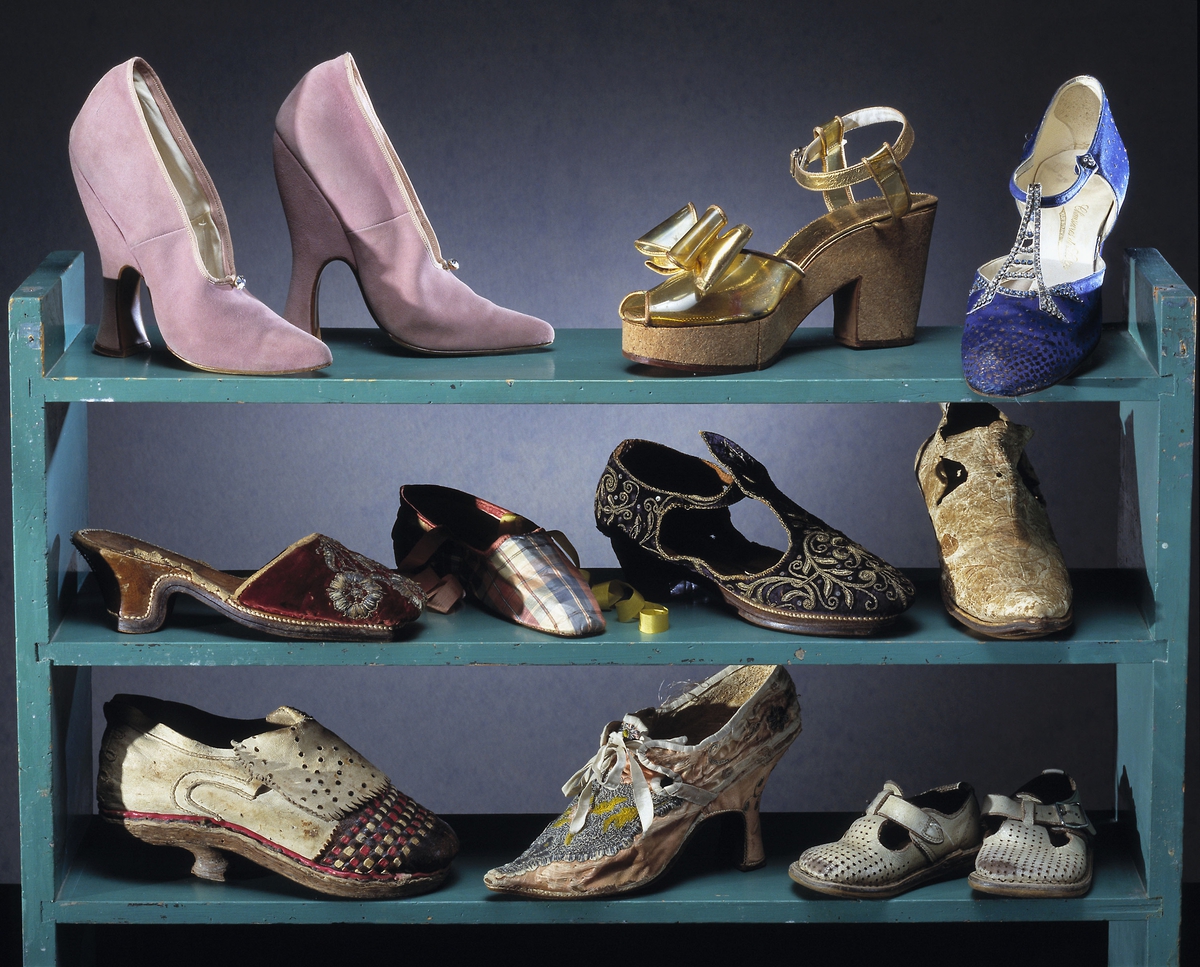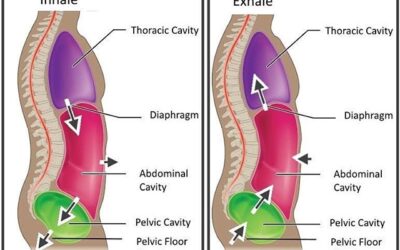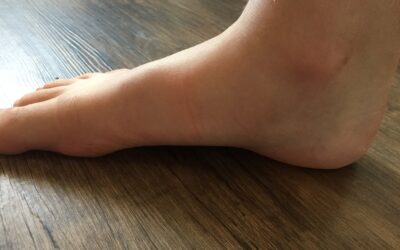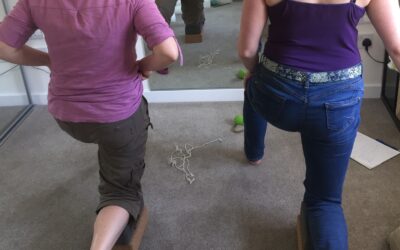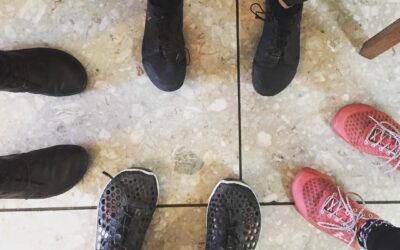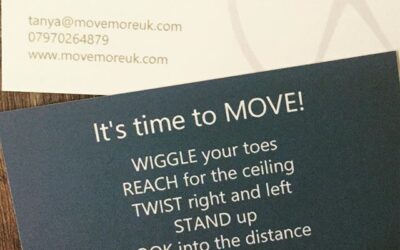So if you’ve been following my work for a while you will know that I am not a fan of heels.
Why? Because simply they prevent our bodies resting in natural alignment, force our body to continually compensate and limit our ranges of motion.
That aside, I cannot argue that it seems a little weird that all our shoes (mens, kids & running shoes included) have heels in them if they are not good for us and so today. I mean, where did these heels come from and why did someone decide to put them into our shoes. So I’ve done some digging and I have the answer for you. … here we go!
Where did heels come from?
 Heels first appeared on shoes sometime in the 10th Century and were worn by horse riders to help keep their feet in the stirrups. Horse riding populations continued to wear healed shoes and in the early 17th Century the Persian cavalry (who wore inch-high heels) brought the trend to Europe. Since owning horses was expensive wearing heels implied significant wealth and thus heel wearing became desirable.
Heels first appeared on shoes sometime in the 10th Century and were worn by horse riders to help keep their feet in the stirrups. Horse riding populations continued to wear healed shoes and in the early 17th Century the Persian cavalry (who wore inch-high heels) brought the trend to Europe. Since owning horses was expensive wearing heels implied significant wealth and thus heel wearing became desirable.
But what about running / sports shoes?
The first real running shoes were flat, lightweight, rubber soled ‘sneakers’ developed by US Rubber in 1917. They became popular due to their comfort and were so named due to the lack of sound moving in them made.
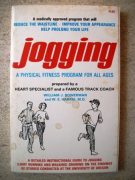 Running shoes remained relatively unchanged in their design for the next 50 years or so until a popular book (published in 1967) on running technique suggested heel striking was the optimal way to run.
Running shoes remained relatively unchanged in their design for the next 50 years or so until a popular book (published in 1967) on running technique suggested heel striking was the optimal way to run.
This book was co-authored by one of the founders of Nike (William Bowerman) whose company went onto develop and sell billions of shoes with cushioned (& therefore raised) heel to support this heel-strike style of running suggested in his book.
The theory behind the heel-strike was that in order to run faster we needed the longest stride we can manage. In order to get our longest stride we need to land on our heels. This theory is totally plausible and makes logical sense however it was indeed just a theory and more recent research from Jack Daniels (no, not the whiskey chap!) proves that longer strides are not as importance as cadence for a fast and efficient running technique.
In summary…
Whilst there are many arguments about the ‘best’ shoe for the human foot, it’s important to note that the history behind heels in our shoes holds no scientific basis; our fancy shoes have heels because folk wanted to appear wealthy and our sport shoes have heels because an American athlete, who was also a good businessman, had a theory about the best way to run & the business know-how to capitalise from it!
If the history was the only thing holding you back from moving towards barefoot shoes then here’s what I recommend
- Transition well; start slowly (barefoot at home is the best), do foot mobilisation and calf lengthening exercise
- Get yourself a pair of barefoot shoes; check out my Barefoot shoe directory
- Come along to my ‘Walking Well Workshop’
References
1. https://www.bbc.com/news/magazine-21151350
2. http://news.bbc.co.uk/sportacademy/hi/sa/athletics/features/newsid_39350
3. Bowerman WJ, Harris WE. Jogging: a medically approved physical fitness program for all ages. Grossett and Dunlap, New York, 1967.
4. Daniels J.T. Daniels’ Running Formula, Second Edition. Human Kinetics, Champaign, IL, 2005.
